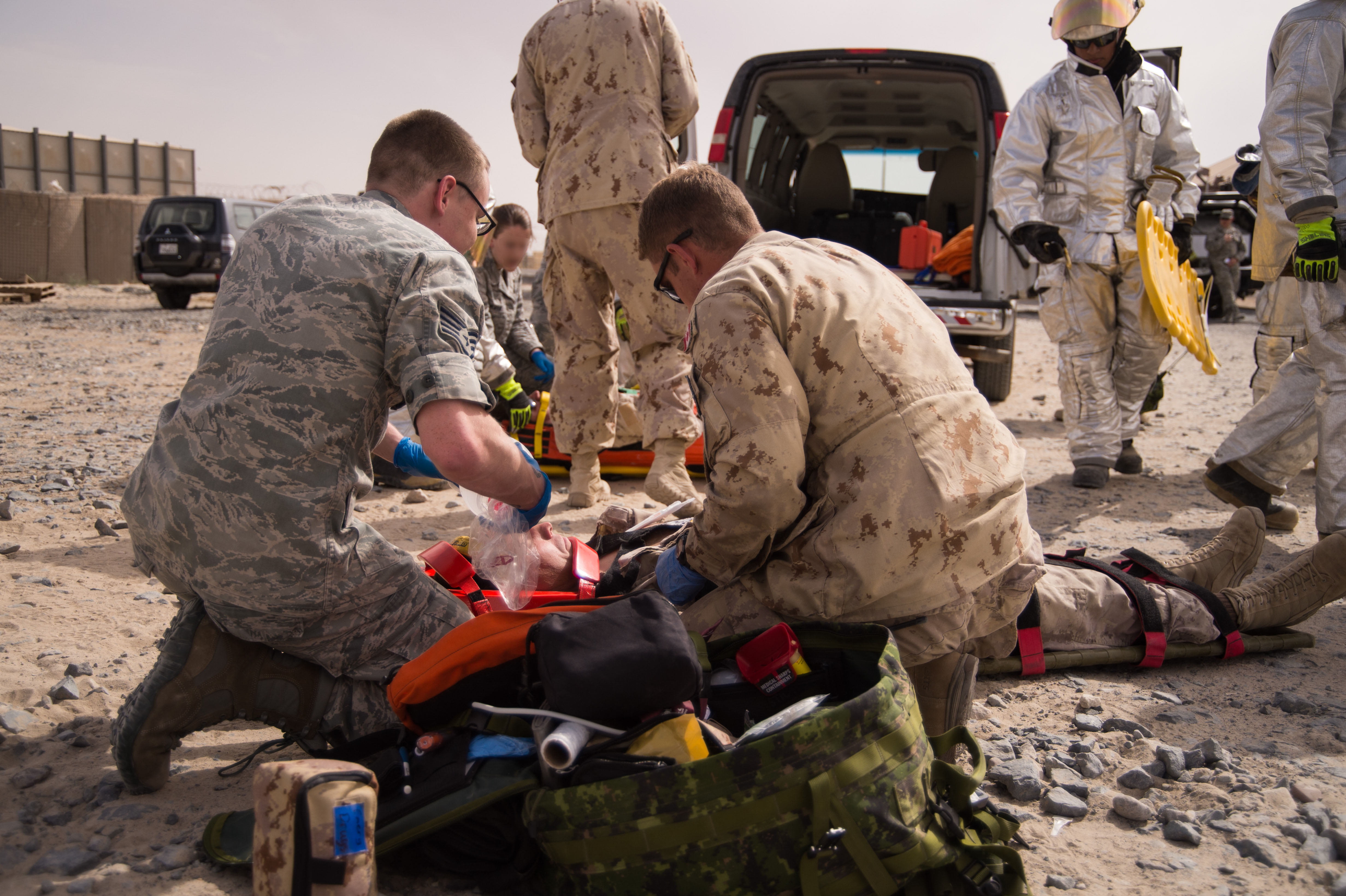Part 2: NATO’s Involvement with the Indian Military Modernization Program
A strategic path to ensuring security in the Asia-Pacific region and to reach the economic, political, and security goals of Canada and its NATO allies in this region could be made through strengthening ties with the Indian military. This could be a mutually beneficial partnership as India is expanding its military capabilities.
Many countries in the Asia-Pacific region have been progressively and sometimes aggressively increasing their respective military capacity. Two of the region’s military powers have long remained China and India. China alone has an estimated 2.3 million active personnel, and with military funds almost twice in size compared to India’s 1.3 million active military personnel and budget. The one major difference between these two powers is that India is the largest importer of military goods. This is a challenge for maintaining its military infrastructure and equipment. The massive modernization programme to improve every aspect of the Indian military offers an opportunity for new partnerships and collaborations to be forged. India has recently purchased 22 apache attack and 15 chinook helicopters from Boeing for 3 billion dollars, allowing joint training between the US and Indian military, and increasing diplomatic as well as military cooperation between the two countries.
Other NATO members could build further military partnerships with India. For instance, NATO members can create a joint partnership programme to further modernize the Indian armed forces. Instead of India signing multiple billion dollar deals, a single multi-dynamic beneficial contract with NATO members could support 2% NATO states’ national defence budgets or alternatively NATO’s own fund. More importantly, NATO could have a lead strategic partner in the Asia-Pacific, which could buffer security threats in the region, and in doing so, could form a unique partnership to help maintain security within the region.
Current debates on the Indian military modernization programme and whether a mutual Indian-NATO partnership could be realized highlights that this type of partnership can be mutually beneficial, since for India this implies an increase in its military resources, training and infrastructure. Although India has billions to spend, the risk of overlapping their military budget and mismanagement can have dire consequences for the acquisition of new weapons and other military equipment. There is pressure on the government for India to start investing on its own military industrial complex, rather than relying on foreign militaries and organizations like NATO. With private military companies already offering to help start up parts of a new Indian defence industry, India could take advantage of these opportunities, which would be more beneficial to Indian national security in the long-term. However, instead of establishing a partnership with NATO, India could look at a country and use them for advice in developing the individual soldier, with a small arms project. Canada’s National Defence Industrial Association has created and implemented such assignments for expanding their own military abilities. India could benefit by looking at examples from Canadian Armed Forces (CAF) development and modernization process, and adapt successful initiatives to their own military requirements. Yet the CAF are arguably successful due to the fact that they are a smaller military than India’s, and designing a plan for the Indian military would be on a much larger scale. Another criticism made in these articles is the emphasis that India should not focus primarily on defence spending, but focus rather on development. Many of these are noted in the Sustainable Development Goals (SDGs) that require more immediate attention, such as building infrastructure, universal health coverage, and promoting education for all.
While many western countries have for long tried to gain influence in the region, establishing an Asian NATO could perhaps further legitimize this influence. A framework could include multiple countries with shared concerns for economic prosperity and security in the region, led by key states like India, and supported by NATO’s policy, diplomatic and military guidelines. While potentially reducing the economic, political and military influence of China, the establishment of an Asian NATO may however be perceived as further meddling by Western powers in the region, but merits consideration.
There is a definite interest in India to fortify its military infrastructure, equipment, and capacity. Given the strategic importance of the Asia-Pacific region, finding like-minded allies that support democratic values and are already a strong military nation provides an opportunity for NATO and its allies to build stronger ties with India to support its objectives in the region. This also allows for a mutually beneficial partnership that may support India’s military objectives.
“Dehli Police Parade” (2004) by Antônio Milena via Wikimedia Commons licensed under CC-BY-3.0
Disclaimer: Any views or opinions expressed in articles are solely those of the authors and do not necessarily represent the views of the NATO Association of Canada.




